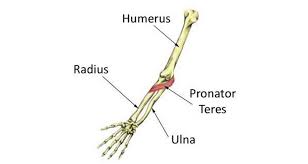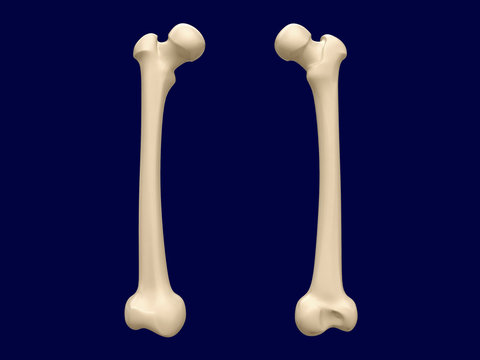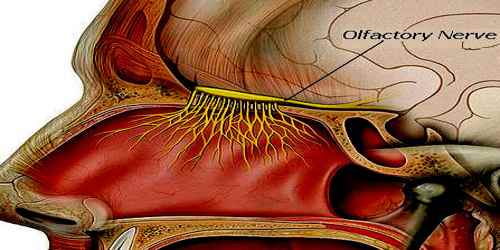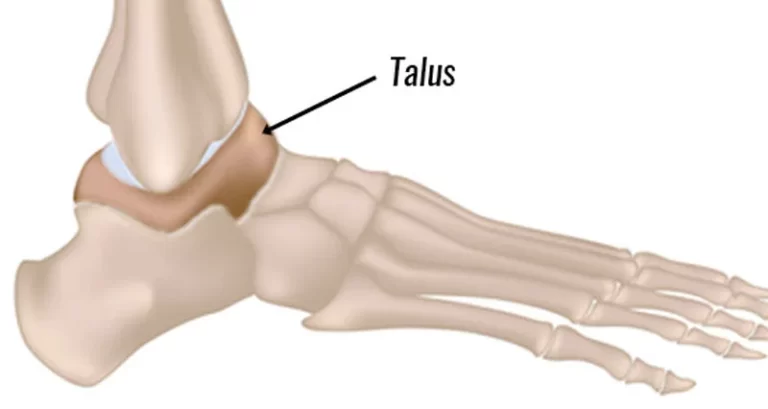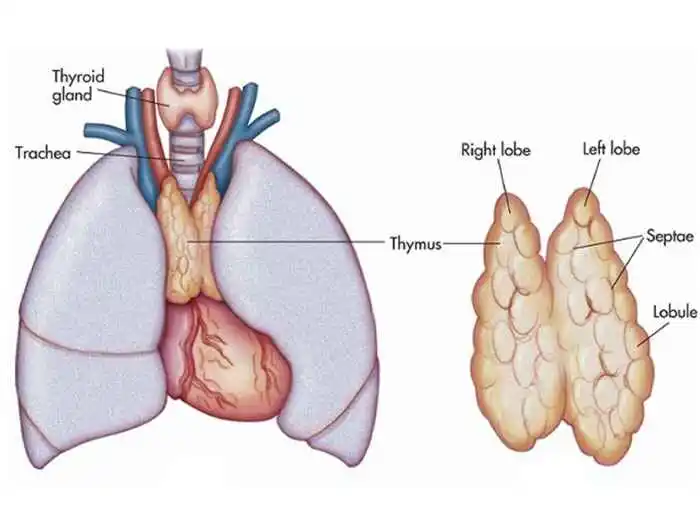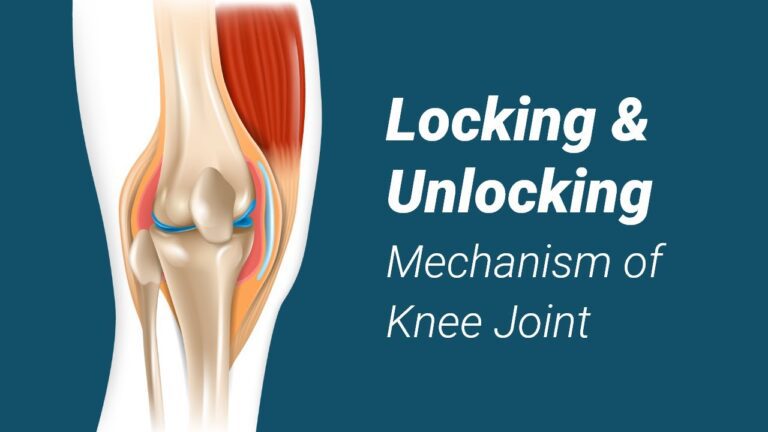Pronator teres muscle
Table of Contents
Description
The pronator teres muscle is a muscle located in the forearm that plays a role in pronation (inward rotation) of the forearm. It is one of two pronator muscles in the forearm, the other being the pronator quadratus muscle.
- The pronator teres muscle originates from two separate heads: the humeral head, which arises from the medial epicondyle of the humerus (the bony bump on the inner side of the elbow), and the ulnar head, which arises from the coronoid process of the ulna (one of the two bones in the forearm).
- These two heads merge to form a single muscle belly, which then inserts onto the lateral surface of the radius (the bone on the thumb side of the forearm).
- The primary function of the pronator teres muscle is to rotate the forearm inward, causing the palm to face downward (pronation). It also assists in the flexion of the elbow joint.
- The pronator teres muscle is innervated by the median nerve, which also innervates several other muscles in the forearm and hand.
Structure of pronator teres muscle
- The pronator teres muscle consists of two heads, the humeral head, and the ulnar head, which converge to form a single muscle belly.
- The muscle is spindle-shaped, with a broad origin and narrow insertion.
- It is covered by a fascia, and its fibers run obliquely across the forearm.
Origin of pronator teres muscle
- The humeral head of the pronator teres muscle arises from the medial epicondyle of the humerus (a bony protrusion on the inner side of the elbow), while the ulnar head arises from the coronoid process of the ulna (a bony projection on the front of the ulna bone).
Insertion of pronator teres muscle
- The pronator teres muscle inserts onto the lateral surface of the radius bone (one of the two bones in the forearm) near the elbow joint.
- Specifically, it inserts onto the lateral surface of the middle part of the radius, below the insertion of the supinator muscle.
Overall, the pronator teres muscle is an important muscle for forearm movement and is involved in pronation and elbow flexion. It receives its nerve supply from the median nerve and its blood supply from the ulnar and radial collateral arteries.
The function of the pronator teres muscle
The main action of the pronator teres is to rotate the forearm inward (pronation). It also assists in the flexion of the elbow joint.
Nerve supply of pronator teres muscle
The pronator teres muscle is innervated by the median nerve, which arises from the brachial plexus and runs down the arm.
Arterial supply of pronator teres muscle
The blood supply to the pronator teres muscle comes from the ulnar collateral and radial collateral arteries.
Associated condition of pronator teres muscle
- Overuse or strain of the pronator teres muscle can lead to a condition called pronator teres syndrome, which involves compression of the median nerve as it passes through the muscle.
- Other associated conditions of the pronator teres muscle may include muscle strains or tears, inflammation, and muscle spasms.
- Pronator teres syndrome can cause symptoms such as pain, weakness, numbness, or tingling in the forearm, hand, and fingers. In some cases, the symptoms may extend up to the shoulder or neck.
- Other associated conditions of the pronator teres muscle may include injuries to the elbow, forearm, or wrist, such as fractures, dislocations, or ligament sprains.
- It is important to seek medical attention if you are experiencing any symptoms related to the pronator teres muscle or if you have sustained an injury in the forearm or wrist area.
Diagnosis of pronator teres muscle
Diagnosing a pronator teres muscle condition involves a thorough physical examination and may also involve imaging tests or nerve conduction studies. Here are some common steps in diagnosing a pronator teres muscle condition:
Physical examination:
- A healthcare provider will examine the affected area and may ask questions about the patient’s symptoms, such as pain, weakness, numbness, or tingling in the forearm, hand, or fingers.
- They may also assess the patient’s range of motion, strength, and sensation in the affected arm.
Imaging tests:
- An X-ray, MRI, or ultrasound may be ordered to help diagnose a pronator teres muscle condition.
- These tests can help identify any damage or abnormalities in the muscle or surrounding structures, such as bone fractures or joint dislocations.
Nerve conduction studies:
- In cases where pronator teres syndrome is suspected, a nerve conduction study may be ordered to assess the function of the median nerve.
- During this test, small electrodes are attached to the skin to measure the electrical activity of the nerves.
Overall, if you are experiencing symptoms related to the pronator teres muscle or forearm, it is important to seek medical attention from a healthcare provider. They can perform a thorough examination and order tests as needed to diagnose the condition and develop an appropriate treatment plan.
Differential diagnosis
The following conditions can be considered in the differential diagnosis of pronator teres muscle conditions:
Carpal tunnel syndrome:
- This is a condition caused by compression of the median nerve in the wrist.
- It can cause similar symptoms to pronator teres syndrome, such as pain, weakness, numbness, or tingling in the hand and fingers.
Ulnar nerve compression:
- Compression of the ulnar nerve at the elbow can cause symptoms such as numbness and tingling in the pinky and ring fingers, which can be mistaken for pronator teres syndrome.
Radial tunnel syndrome:
- This is a condition caused by compression of the radial nerve in the forearm.
- It can cause pain and tenderness in the forearm, which can be similar to symptoms of pronator teres syndrome.
Cervical radiculopathy:
- This condition involves compression of a nerve root in the cervical spine, which can cause pain, weakness, and numbness in the arm and hand.
Forearm muscle strains or tears:
- Strains or tears in other forearm muscles, such as the flexor muscles, can cause symptoms similar to those of pronator teres syndrome.
Wrist or forearm fractures:
- Fractures in the wrist or forearm can also cause pain and weakness in the forearm and hand.
It is important to seek medical attention from a healthcare provider if you are experiencing any symptoms related to the pronator teres muscle or forearm. A proper diagnosis is necessary to determine the most appropriate treatment plan.
Treatment of pronator teres muscle
The treatment for a pronator teres muscle injury will depend on the severity of the injury and the extent of the damage. Here are some usual treatments that can be suggested:
Rest:
- Resting the affected arm is important to allow the muscle to heal.
- Avoiding activities that exacerbate the injury, such as repetitive motions or heavy lifting, is recommended.
Ice:
- Applying an ice pack to the injured area may help decrease pain and inflammation.
- Ice can be applied for 20-30 minutes every few hours as needed.
Compression:
Wearing a compression bandage or sleeve can help reduce swelling and support the injured muscle.
Elevation:
Keeping the affected arm elevated above the heart can also help reduce swelling.
Medications:
Over-the-counter pain relievers, such as acetaminophen or ibuprofen, may be recommended to help manage pain and reduce inflammation.
Surgery:
- In severe cases, surgery may be necessary to repair a torn or damaged pronator teres muscle or to relieve compression of the median nerve in cases of pronator teres syndrome.
It is important to seek medical attention from a healthcare provider if you are experiencing symptoms related to a pronator teres muscle injury. They can provide a proper diagnosis and recommend the most appropriate treatment plan for your individual needs.
Physiotherapy treatment
Here are some examples of physiotherapy exercises that can help in the rehabilitation of a pronator teres muscle injury:
Wrist flexor stretch:

- Place your affected arm out in front of you, palm up.
- Use the other hand to gently pull the fingers back towards the wrist until a person experiences a stretch in her forearm.
- Hold for 10-20 seconds and repeat 5- 7 times.
Pronator teres stretch:
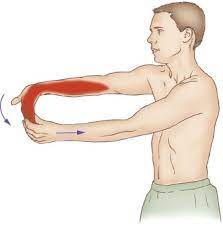
- Place your affected arm out in front of you, palm down.
- Use your other hand to gently push your hand towards the floor until you feel a stretch in your forearm.
- Hold for 10-20 seconds and repeat 5- 7 times.
Wrist curls:

- Hold a lightweight or a resistance band in your hand with your palm facing up.
- Slowly curl your wrist up towards your shoulder, then slowly lower it back down.
- Repeat for 10-15 repetitions, then switch to your other arm.
Reverse wrist curls:
- Hold a lightweight or a resistance band in your hand with your palm facing down.
- Slowly curl your wrist up towards your shoulder, then slowly lower it back down.
- Repeat for 10-15 repetitions, then switch to your other arm.
Grip strength exercises:
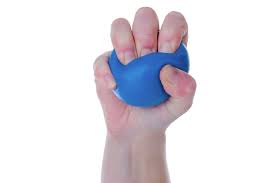
- Squeezing a soft ball or using a grip-strengthening device can help improve overall forearm strength and grip.
It is important to consult with a physiotherapist or healthcare provider before starting any exercise program to ensure that it is safe and appropriate for your individual needs. They can provide guidance on proper form and technique and can adjust the program as needed to ensure optimal recovery.
strengthening exercise
Here are some strengthening exercises that can help in the rehabilitation of a pronator teres muscle injury:
Pronation/supination with dumbbell:
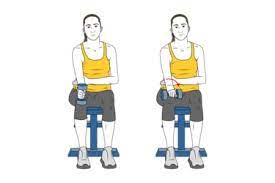
- Hold a lightweight dumbbell in your hand with your elbow bent and your palm facing down.
- Slowly rotate your forearm outward until your palm faces up, then rotate it back inward until your palm faces down again.
- Repeat for 10-15 repetitions, then switch to your other arm.
Hammer curls:
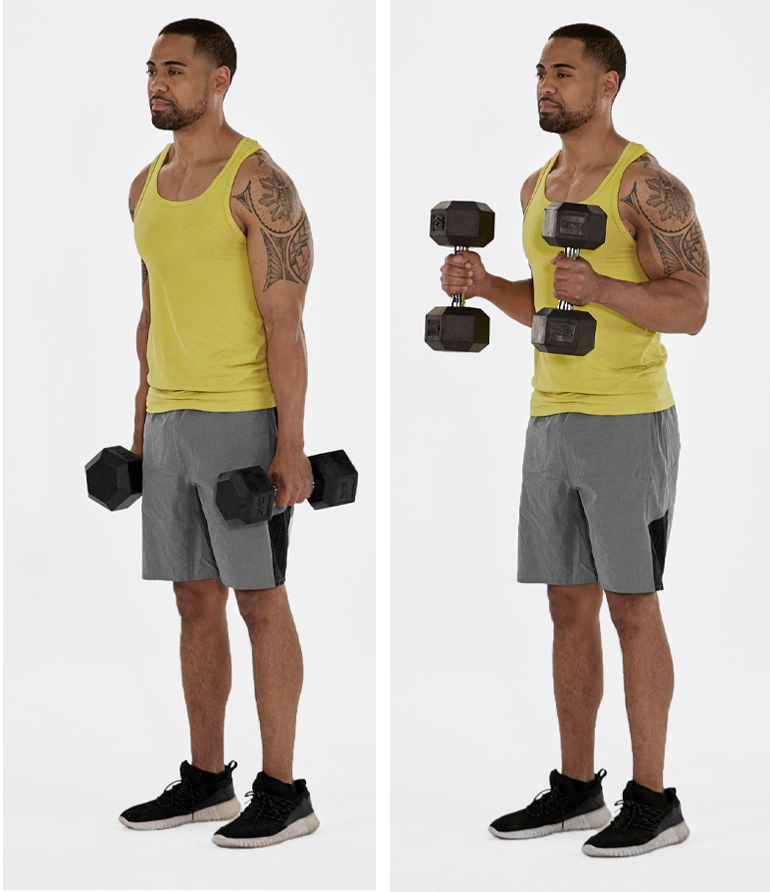
- Hold a light weight in each hand with your palms facing towards your body.
- Slowly curl your arms up towards your shoulders, keeping your palms facing inwards throughout the movement.
- Lower your arms back down slowly and repeat for 10-15 repetitions.
Reverse curls:
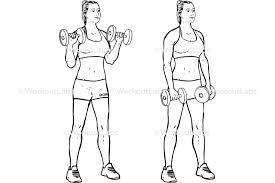
- Hold a light weight in each hand with your palms facing down towards the floor.
- Slowly curl your arms up towards your shoulders, keeping your palms facing down throughout the movement.
- Lower your arms back down slowly and repeat for 10-15 repetitions.
Wrist curls with resistance band:
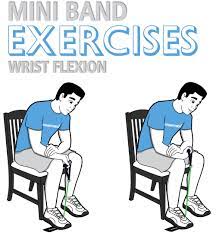
- Sit with your forearm resting on a table or bench, with your hand hanging off the edge, palm up.
- Hold one end of a resistance band in your hand, with the other end attached to a stationary object.
- Slowly curl your wrist up towards your forearm against the resistance of the band, then slowly lower it back down.
- Repeat for 10-15 repetitions, then switch to your other arm.
Pronator teres stretch with resistance band:
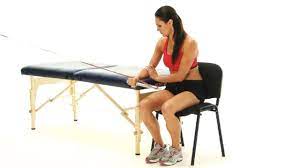
- Sit with your forearm resting on a table or bench, with your hand hanging off the edge, palm down.
- Hold one end of a resistance band in your hand, with the other end attached to a stationary object.
- Use your wrist to rotate your hand towards your body against the resistance of the band, then slowly rotate it back outwards.
- Repeat for 10-15 repetitions, then switch to your other arm.
It is important to consult with a physiotherapist or healthcare provider before starting any exercise program to ensure that it is safe and appropriate for your individual needs. They can provide guidance on proper form and technique and can adjust the program as needed to ensure optimal recovery.
FAQ
Pronator teres syndrome is caused by compression of the median nerve as it passes through
the pronator teres muscle.
While there is no surefire way to prevent pronator teres syndrome, taking frequent breaks
when performing repetitive tasks and maintaining good posture may help reduce the risk.
Recovery time for a pronator teres muscle injury can vary depending on the severity of the
injury and the individual. It may take several weeks or months for a complete recovery also depending upon severity.
If left untreated, a pronator teres muscle injury can lead to other complications such as nerve
damage or chronic pain. It is important to seek treatment if you suspect you have a pronator
teres muscle injury.
Symptoms of a pronator teres muscle injury may include pain or tenderness in the forearm,
weakness in the grip or difficulty holding objects, and limited range of motion in the affected
area.

